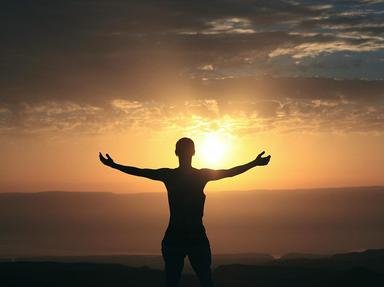Quiz Answer Key and Fun Facts
1. Numerous Christian denominations recognize some variety of deacon, a post that's described in the New Testament. Their duties, however, vary from tradition to tradition. Which of these is something an Eastern Orthodox deacon may not do?
2. The Dalai Lama is a global celebrity, but he isn't Tibetan Buddhism's only lama. What is the original meaning of the word "lama"?
3. They don't all whirl, but the many different types of dervishes do have a lot in common. They take vows of poverty; they lead ascetic lifestyles; and they are associated with what mystical branch of Islam?
4. A hazzan, or cantor, is a central presence in a Jewish congregation. Historically, what has a hazzan's most important qualification been?
5. Although the practice is now banned, devadasis have been a presence in Hindu temples in many parts of India for more than a thousand years. Traditionally, members of which of these groups might be considered for dedication as devadasis?
6. Many Roman Catholic churches have sacristans to keep things running smoothly. Which of these is NOT among a sacristan's typical responsibilities?
7. A Buddhist monk or nun leads a very different life from a lay Buddhist (or householder), but in some traditions there is a middle way. To become an upasaka or an upasika, a person must take sanctuary in the Three Gems of Buddhism. Which of these is NOT one of the three gems?
8. Where there's a mosque, you'll generally find a muezzin. In the course of his duties, just what does a muezzin do?
9. A mohel is an important figure in Judaism, a guarantor of the covenant that Abraham made with God. To that end, what does a mohel do?
10. A pious Hindu might pursue holiness by choosing to become a sadhu. Just as there are many ways to be a Hindu, there are also many ways to be a sadhu, but which of these is a universal aspect of the lifestyle?
Source: Author
CellarDoor
This quiz was reviewed by FunTrivia editor
LeoDaVinci before going online.
Any errors found in FunTrivia content are routinely corrected through our feedback system.
